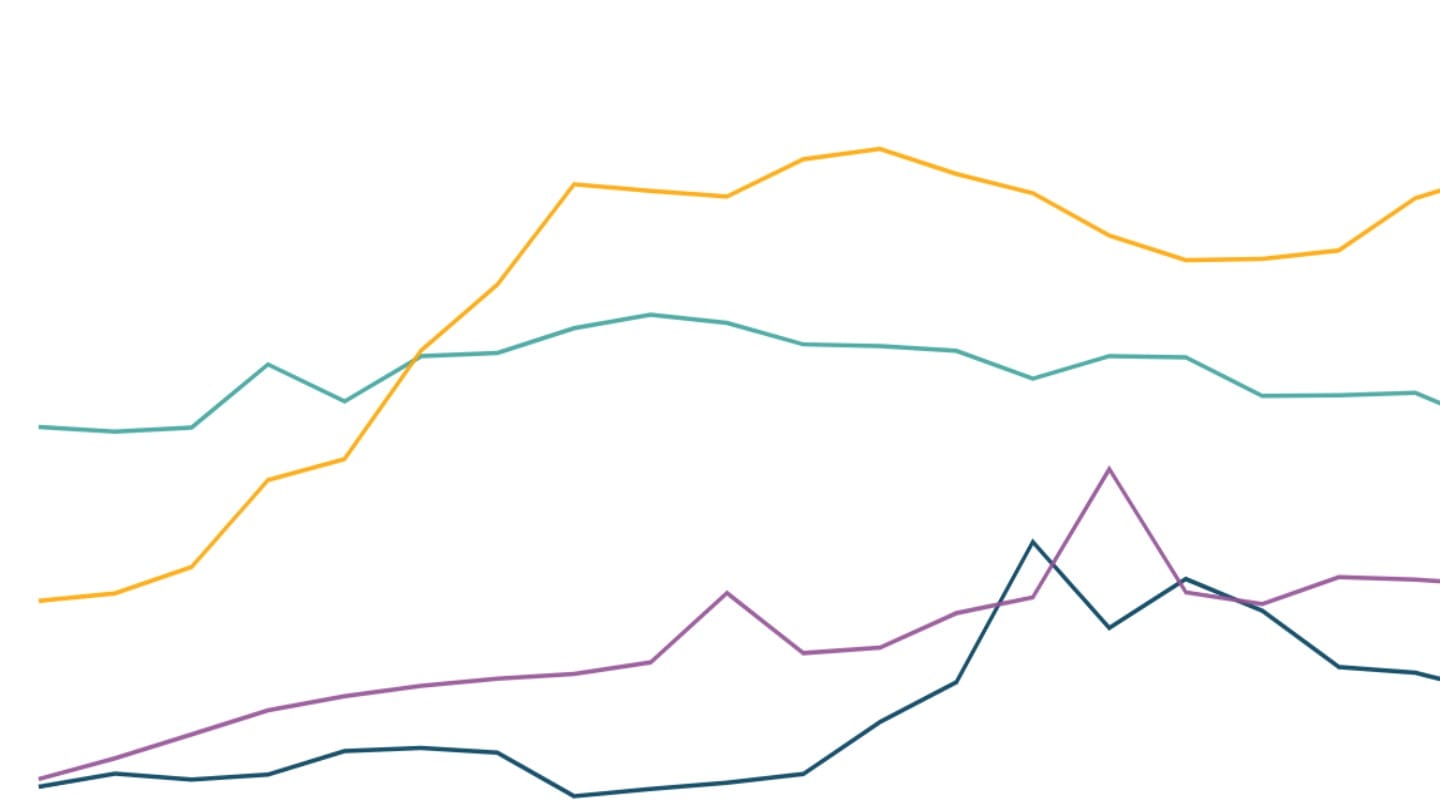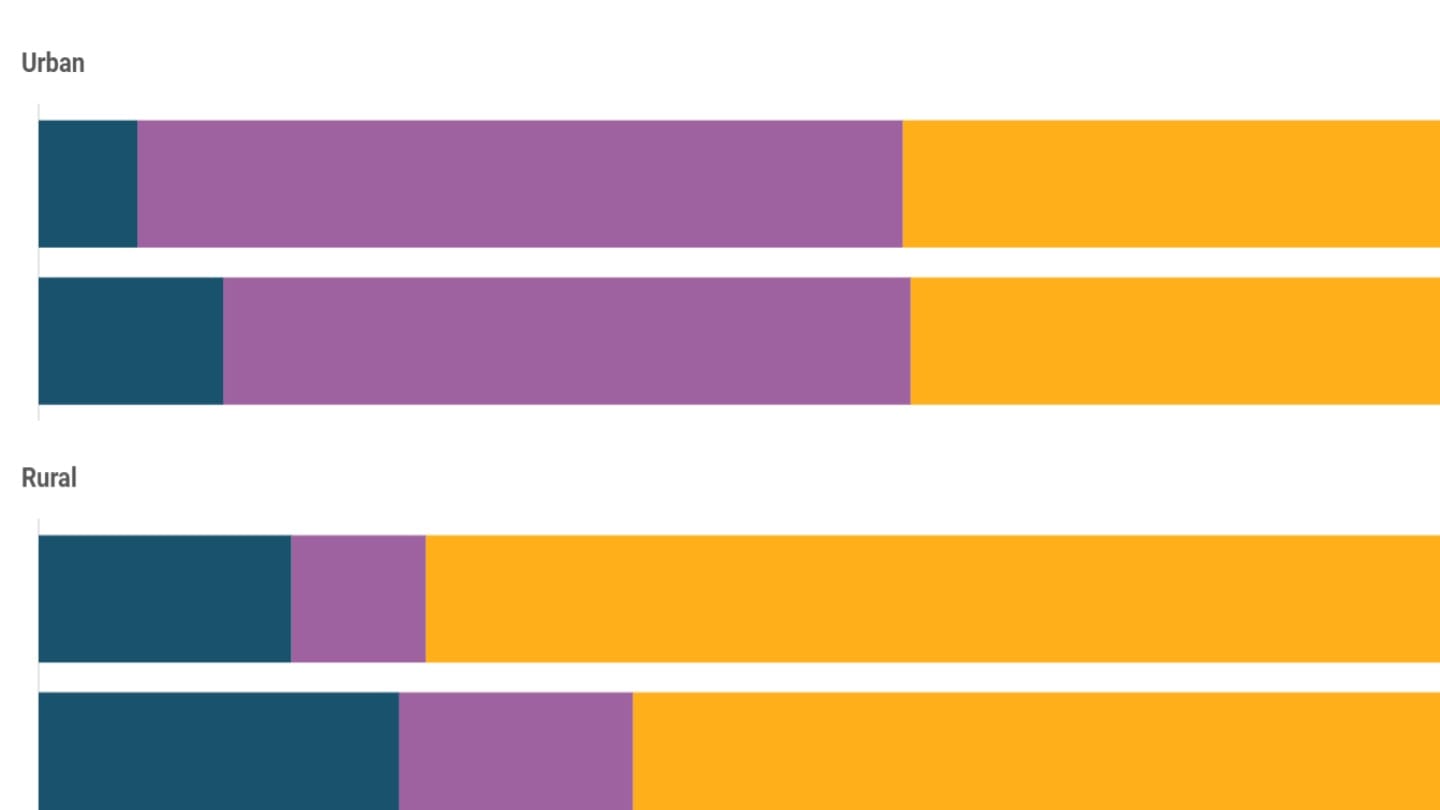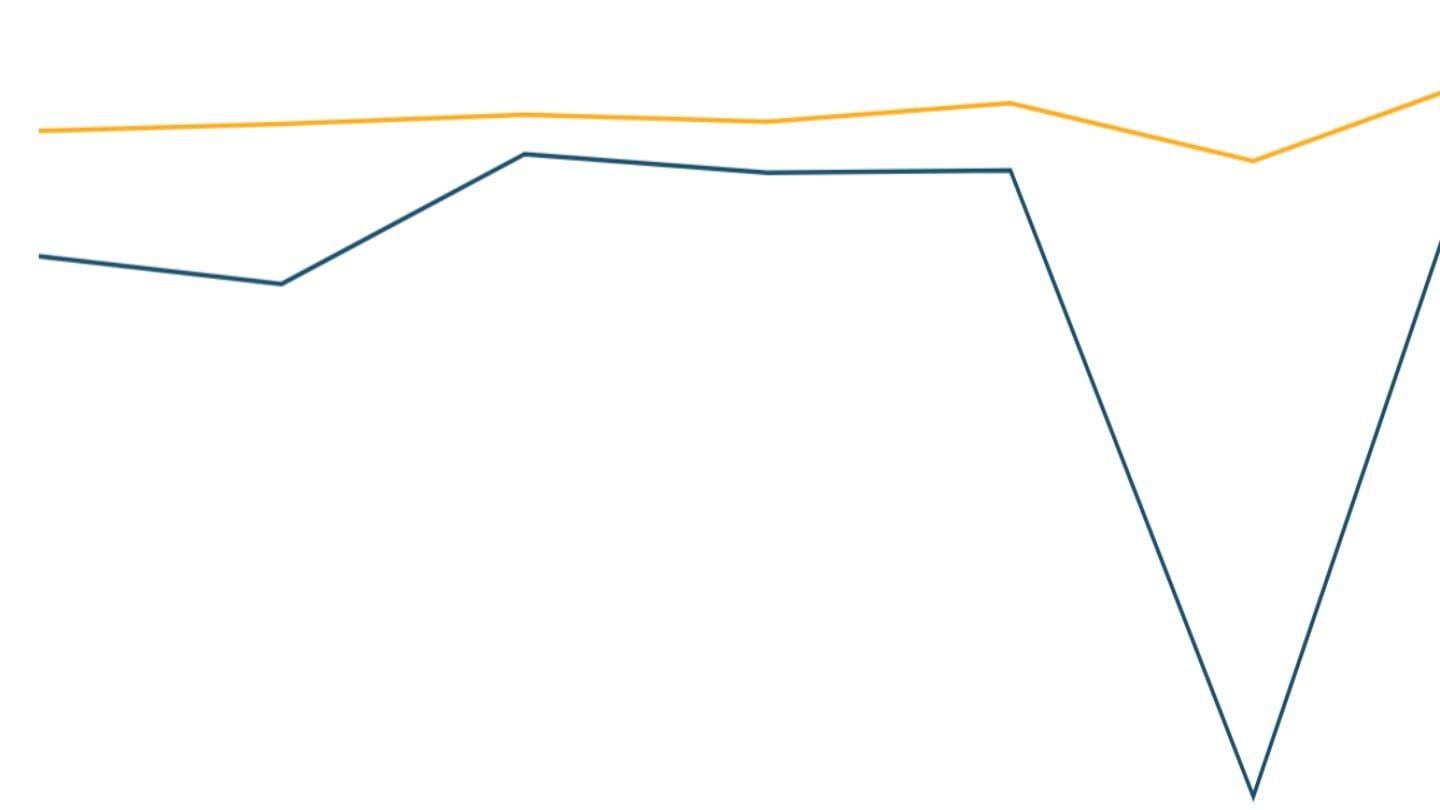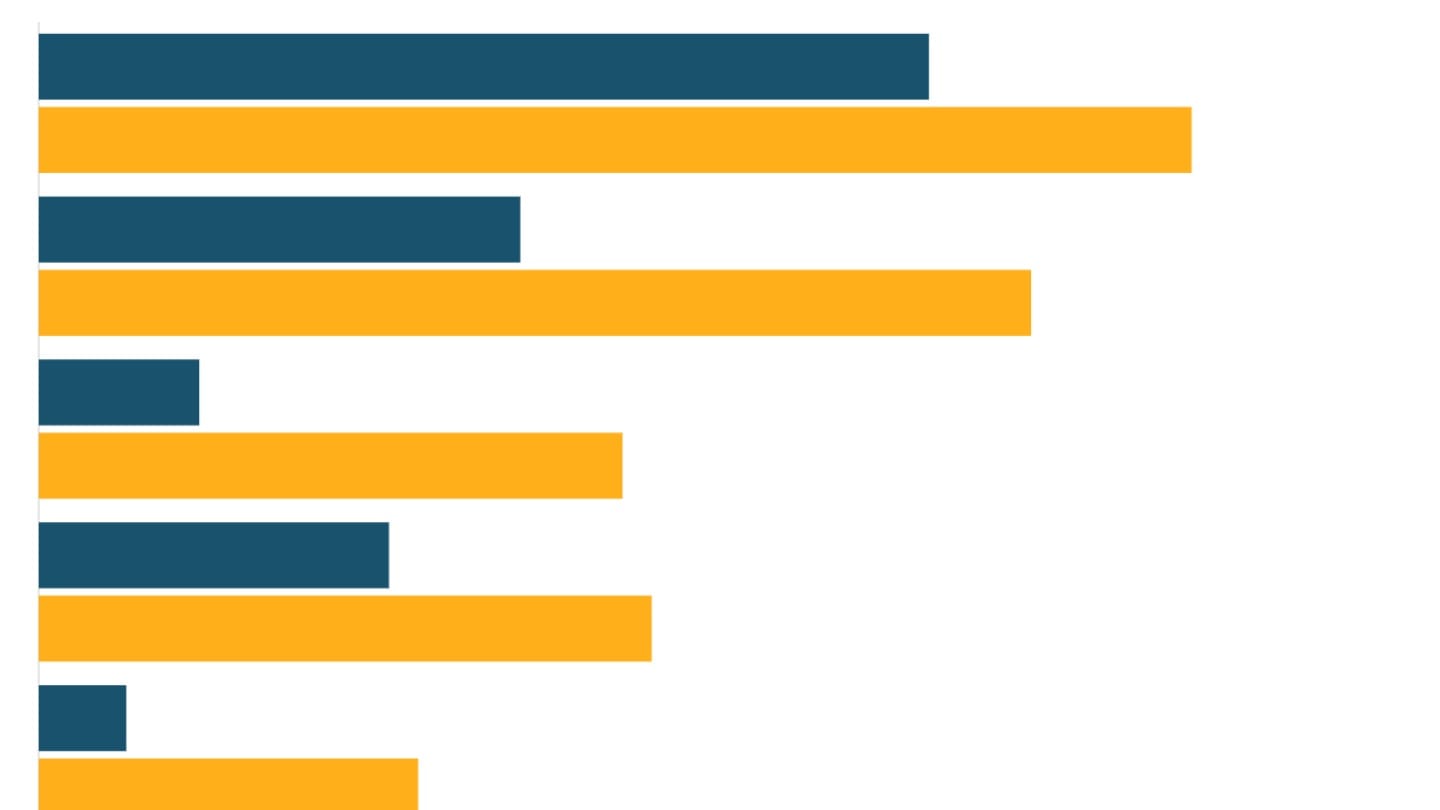Dairy consumption in India
Indians are consuming more dairy, and spending more of their food budgets on dairy products. But wealth affects consumption and gender gaps persist
Dairy is a key source of nutrients like calcium, protein, and vitamin B12, and plays a particularly important role in children's and women's health. While the share of Indian adults consuming dairy products has grown, there are significant gaps and inequalities.
Milk consumption among young children
Data on dairy consumption comes from India's National Family Health Surveys, which ask a representative sample of the population about their food practices. In the case of children, mothers are asked whether their child consumed specific food items the previous day or night. This includes milk (fresh, tinned, or powdered), yogurt, other dairy products, and commercial baby formula.
The majority of Indian children are breastfed. India's National Nutritional Guidelines[1] recommend exclusive breastfeeding in the first six months of a child's life; and that breastfeeding be continued with complementary foods after the child is six months old.
NFHS data shows that nearly all (95%) Indian children under the age of six months, and 85% of children between the ages of six months and two years were breastfed. Among non-breastfed children, only six in ten received the recommended minimum of two or more feedings of formula, dairy milk or yogurt every day.[2] Female children and those in rural areas were slightly less likely to receive milk.
Milk consumption also varies by wealth status. Less than half of non-breastfed children in the poorest households meet the recommendation, compared to over 70% in the wealthiest group.
Dairy consumption among adults
India's National Nutritional Guidelines recommend that adults consume three servings of milk and dairy products of 100 ml each every day, or 300 ml of dairy in all every day.
Half of adult Indians[3] consume dairy products (milk or curd) daily, while three-quarters have them at least once a week.[4] Around one in twenty do not consume dairy. Consumption is higher in urban India; in urban areas, two out of three adults consume dairy at least weekly, whereas in rural areas, just half do so.
Dairy consumption is also sharply affected by income, with consumption rising steadily by wealth group.
Even among states, regular dairy consumption is more common in the richer northern and southern states, and is lowest in the less developed eastern states of Odisha, Chhattisgarh, Jharkhand and West Bengal.
Expenditure on dairy
On average, an individual spends about Rs. 400 per month on milk and dairy products.[5] This expenditure is significantly higher in urban areas at Rs. 500, compared to Rs. 350 in rural areas.
Over time, Indian households have begun to spend more on dairy as a share of their food budgets, with relative expenditure on cereals declining.
This share varies across states. Northern and western states spend more than a fifth of the net food expenditure on dairy, with Haryana, Rajasthan, and Punjab exceeding 30%.
Gender gap in dairy consumption
Dairy plays a particularly important role in women's health by strengthening bones and reducing the risk of osteoporosis, a condition common among women.[6] India's National Nutritional Guidelines recommend a daily intake of 300 ml of dairy for women. For pregnant and lactating mothers, consuming milk is especially important since it is the best source of biologically available calcium.
The proportion of adults who consume milk or curd at least once a week has grown from 60% in 2006 to 75% in 2021. However, there is a pronounced gender gap in dairy consumption, which has not reduced over time. In 2021, 80% of men consumed dairy weekly compared to 71% of women, a disparity that has remained largely unchanged over the years.
The wealth-based gap in milk consumption is also more pronounced among women than among men. While more than half of the poorest men consume milk weekly, less than a third of the poorest women do so.
[1] Dietary guidelines for Indians (2024), Indian Council of Medical Research - National Institute of Nutrition
[2] National Family Health Survey 5
[3] Where NFHS data is used, "adults" refers to men and women aged 15-49.
[4] National Family Health Survey 5, 2019-21. The survey asks if the respondent has ever consumed milk or curd and the frequency of consumption (daily, weekly or occasionally) is recorded. This question is asked separately in men's and women's questionnaires. It includes responses from over 100,000 men at the state level and more than 700,000 women. To determine overall consumption prevalence, these datasets were merged, selecting men aged 15-49 from the men's dataset and women in the same age-group from households under the state module from the women's dataset.
[5] Household Consumption Expenditure Survey, 2023-24, National Statistics Office
[6] Dietary guidelines for Indians (2024), Indian Council of Medical Research - National Institute of Nutrition




